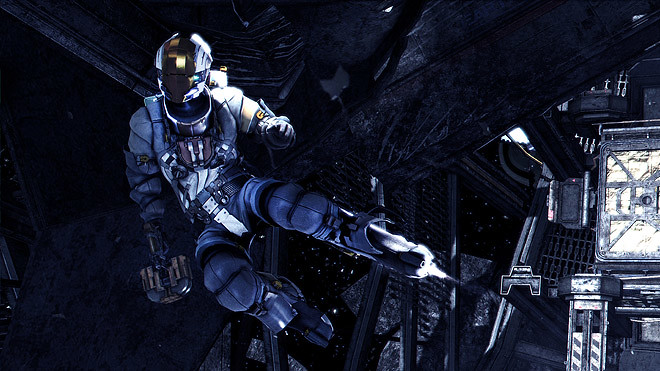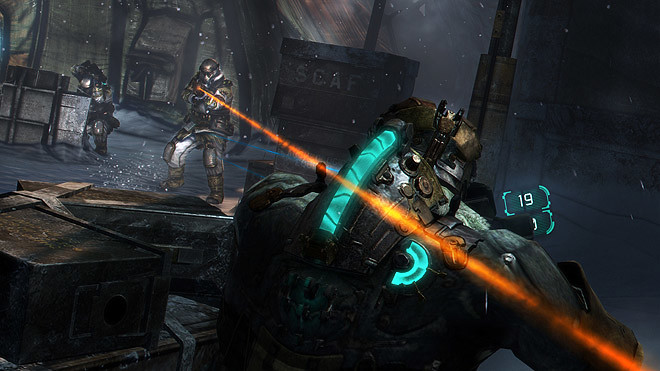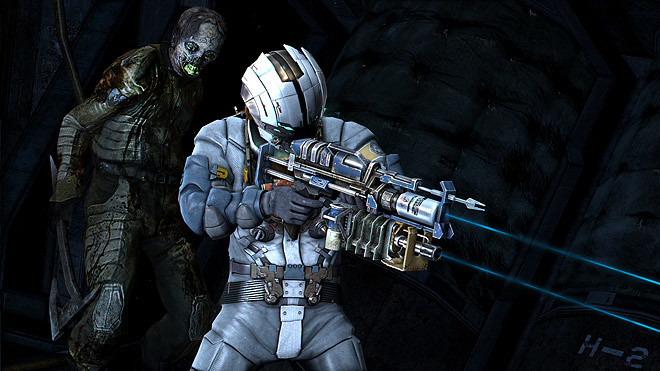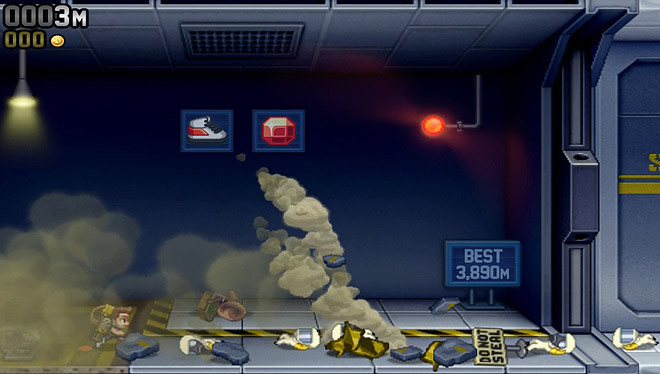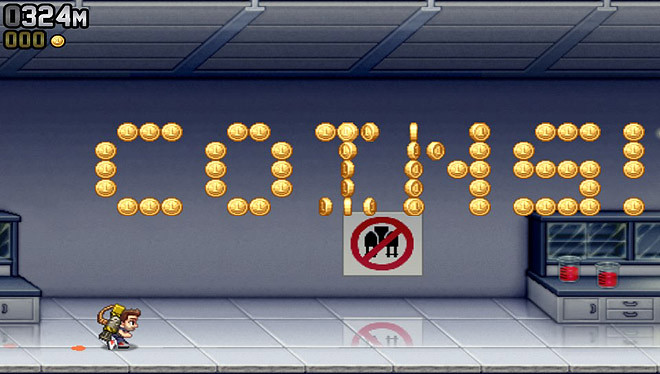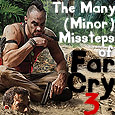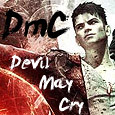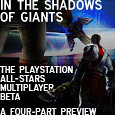
AI sidekicks in video games are pretty uniformly terrible. They get in your way, they're incredibly stupid, and they rarely add anything meaningful to the story. That's why escort missions in games are among the most hated, and why I wouldn't begrudge a player for assuming that BioShock Infinite would be little more than a ten-hour game about babysitting Elizabeth and making sure she doesn't run into any sharp corners.
I beat the game a couple days ago, and I'm happy to say that I never needed to babysit her or worry about her during combat. She's a wonderfully written character whose interaction with protagonist Booker DeWitt forms the core of BioShock Infinite's tale and is all the better for it. She's easy to care about and hard to forget. As far as AI partners in games go, Elizabeth is probably the best.
But the developers cheated to achieve that.
I started avoiding anything related to BioShock Infinite in 2010 after the first gameplay demo surfaced, so the last time I saw Elizabeth in a fight, she was an active participant, calling out for Booker to electrify a storm cloud or telekinetically throw a molten boulder of pots and pans. Elizabeth's powers looked painful to use.
"Hey, you don't look so good," Booker said as Elizabeth, slumped against cover, sputtered and coughed like a dying car.
"I'm OK," she responded, getting up slowly. "I just... I just need a moment."
Later in the demo, after using her powers to bring down a bridge, her nose begins to bleed.
That is not the Elizabeth in the game.
You don't combine powers anymore, and the extent of Elizabeth's use in combat is tossing you supplies and opening tears in the space-time continuum to pull in everything from cover, freight hooks, and automated turrets. She can pull in any of these at the press of a button, but only one at time. It doesn't even matter what Elizabeth is doing at the time; it's an instantaneous effect. I tested it by telling Elizabeth to bring in a freight hook while she was preoccupied picking a lock, and sure enough, in popped the freight hook without delay. It never really feels like Elizabeth has anything to do with the tears, and that's because she doesn't.
There's never an element of managing how much stress Elizabeth can take, or how often you can use her powers before her nose begins to bleed. Even the horses in Red Dead Redemption could only be spurred so many times before they'd either die from overexertion or buck you off. Keep a horse alive and it would become loyal to you. It's disappointing that BioShock Infinite chose to play it so safe by letting you treat Elizabeth like a tool rather than a person.
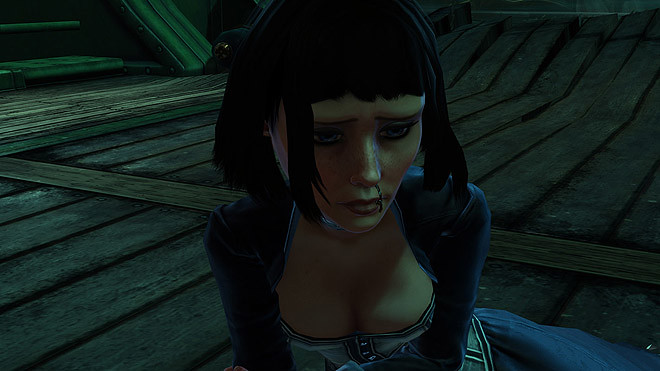
Yeah, I never needed to worry about her in combat in the final game, but that's because everybody just ignores her. Enemies literally don't even see her. They'll run right past Elizabeth to get to me.
And yes, Elizabeth saved me more than a few times by tossing me health or salts or ammo at the perfect time, but it's just another trick. She's not actually finding anything. I'd scavenge every body for money and supplies after a battle, tapping square like my life depended on it on every interactive thing I could find until I was sure I'd picked the environment clean and was ready to move on.
"Need some money?" Elizabeth would ask, tossing me a coin.
Where did she find that? I checked everything already.
In battle, it's the same way. I have a pretty chaotic fighting style in the game, running and jumping and charging and blasting and riding and flying as much as I possibly can, so I usually didn't notice what Elizabeth was doing. Then I decided to watch her.
Elizabeth would follow me around, moving from cover to cover and chasing me whenever I got on a skyhook. But she's never checking bodies and rifling through boxes for ammo. Some if/then statement in her programming decides that since I'm about to run out of shotgun bullets, she'll toss me more. I'm almost dead, so she'll call out my name and throw me a medkit. None of these things were in the environment, waiting for one of us to find them. She just conjures them out of thin air. Maybe she's pulling them from a tear to another dimension where they have infinite shotgun bullets. I have no idea.
BioShock Infinite wants you to notice Elizabeth. It tries its hardest to keep her in frame in natural ways even when the two of you are just idly exploring Columbia. The developers said that "she'll find a way to entertain herself," but in my experience, that usually just meant she'd pick a wall I was looking at to lean against with all the practiced aloofness of a hipster trying way too hard to achieve that "just woke up" look.
The game tries so hard to keep Elizabeth near you that I'd often turn around after examining some interesting poster or sign and find Elizabeth inches from my face.
I want to reiterate: I really liked BioShock Infinite, and I really liked Elizabeth. But the ways that developer Irrational Games cut corners to make Elizabeth as likable as she is also make it really easy to see the seams in her behavior and make her a little less believable as a person.
That is, unless her constant need to get her face as unsettlingly close to my face as she can without me noticing is canon.
 Tweet
Tweet 

